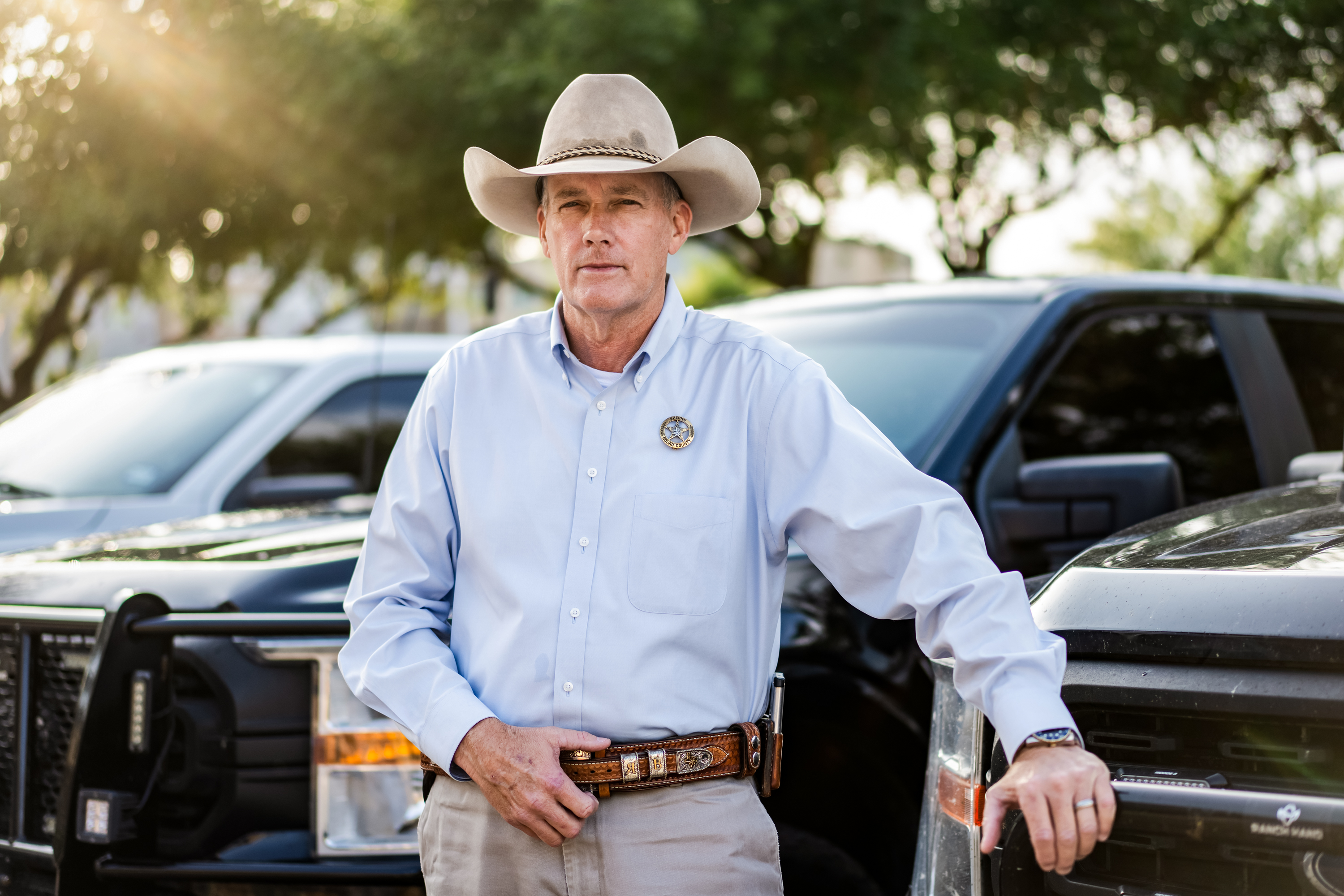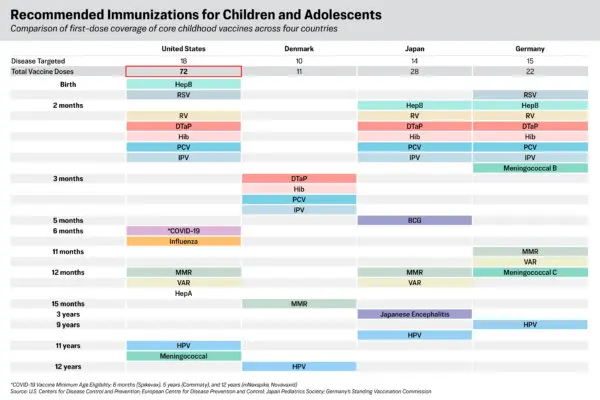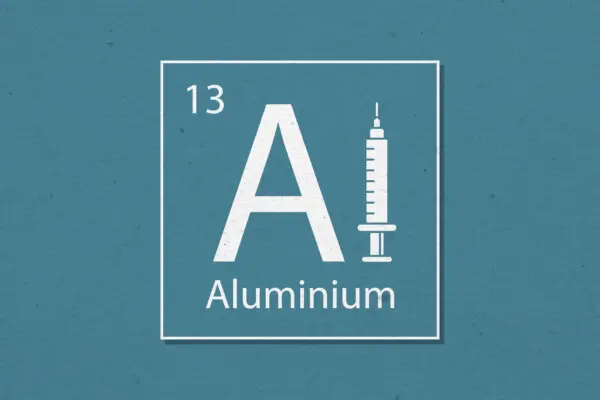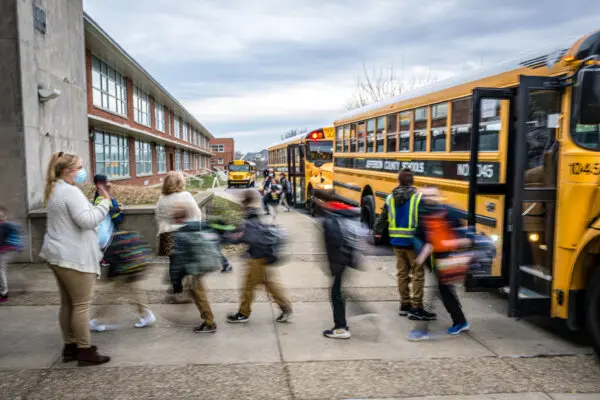Texas sheriff Roy Boyd has the look of a legendary lawman—all whipcord and sinew, from the tip of his leather boots to the top of his sweat-stained cowboy hat.
It’s easy to imagine him riding a horse into an orange sunset among the purple shadows of century plants and the Trans-Pecos scorpions of West Texas, where people still pray for rain.










